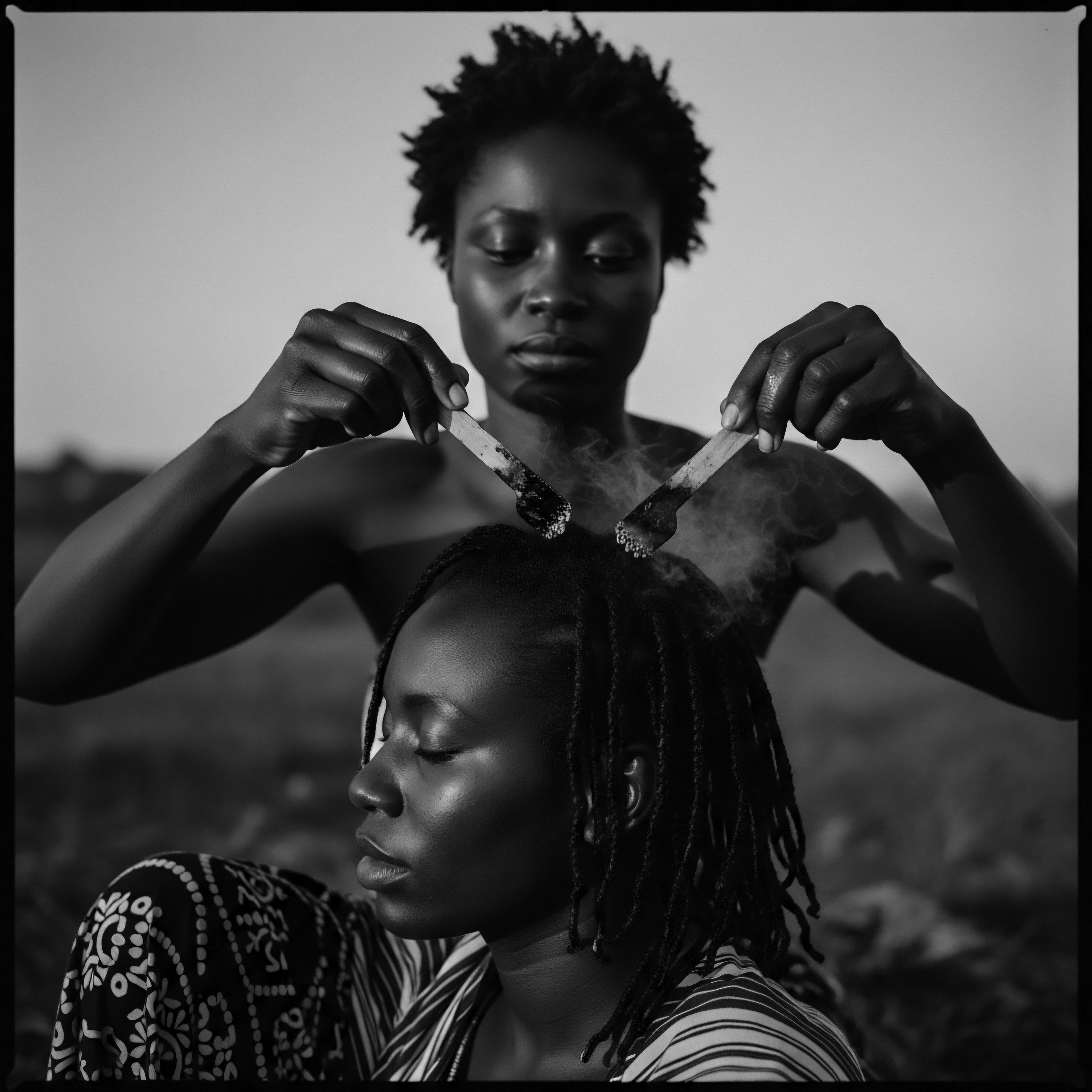
What traditional oils offer the best protection for textured hair?
Traditional oils like shea butter, coconut, jojoba, and red palm offer defense for textured hair, rooted in ancestral practices.
Meaning ❉ Hair Protection, within the sphere of textured hair, signifies a deliberate, gentle approach to preserving the structural integrity and inherent beauty of coils, curls, and waves. It is a systematic application of informed practices, grounded in an understanding of the unique architecture of Black and mixed-race hair. This approach moves beyond simple product use, becoming an established routine that shields delicate strands from mechanical stress, environmental shifts, and chemical alterations. ❉ A well-structured protection regimen considers factors like moisture retention, cuticle smoothing, and tension reduction, preventing breakage and maintaining length. It involves selecting tools and techniques that respect the hair’s natural form, such as satin bonnets for nightly rest or low-manipulation styles during daily activities. ❉ This careful attention allows for sustained hair health, promoting the quiet strength and inherent vitality of heritage strands. It’s about creating a lasting environment where hair can simply be, resilient and vibrant, without constant intervention. ❉ The thoughtful implementation of protective measures ensures that each strand is respected, leading to a sense of ease and confidence in one’s natural hair journey.